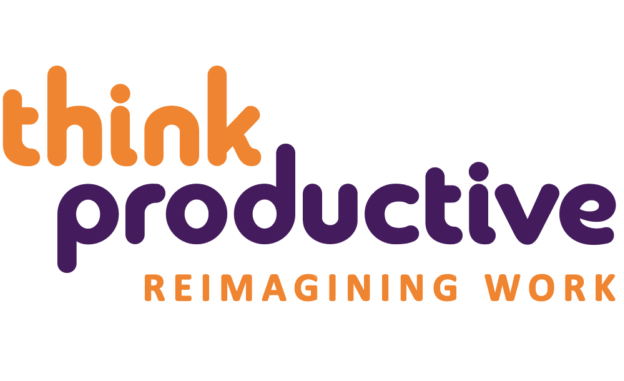We want to share with you our latest insights into workplace productivity. As we step into 2024, it’s clear that the nature of work is evolving rapidly, bringing new challenges and opportunities. To help you navigate this landscape here are our 5 top strategies for peak productivity. Use them to increase organizational efficiency and employee satisfaction. From harnessing the power of smart technology, to fostering a culture of continuous learning, these approaches are grounded in cutting-edge research and proven results:
1. Utilize Smart Technology
According to a McKinsey report, AI and automation can raise productivity growth globally by 0.8% to 1.4% annually.
Embracing smart technology in the workplace is a game-changer. By leveraging AI assistants, smart devices, and cutting-edge software, professionals can automate routine tasks, and optimize workflows. They can free up valuable time for strategic thinking and innovation. The integration of these technologies not only streamlines operations but also fosters a culture of efficiency and advanced problem-solving.
All of our clients have heavily invested in the latest web based applications for communications, workflow and so on. Many of these applications now have an AI component. Most have a high degree of customizable automation. Our clients often admit to us that they have only skimmed the surface of what these systems can do to streamline the way they work. There are hugely powerful results from engaging with your teams to develop these capabilities to the full.
2. Embrace Remote Work:
A 2020 study from Prodoscore found that productivity among remote workers increased by 47% compared to previous years.
Remote work isn’t just a trend; it’s a key to unlocking greater productivity and work-life balance. By allowing flexibility in work locations and hours, companies can tap into increased employee satisfaction, reduced commute stress, and a more focused work environment. Remote work enables professionals to design their ideal work setting, leading to enhanced creativity and productivity.

The challenge with remote working remains how best to communicate and set goals for the team. Some organizations are counter intuitively developing models that give even more autonomy to employees, and which focus heavily on accountability for results.
3. Prioritize Mental Health
The World Health Organization reports that depression and anxiety disorders cost the global economy $1 trillion each year in lost productivity.
Prioritizing mental health in the workplace is crucial for sustaining high performance and productivity. Implementing practices that promote mental well-being, such as mindfulness exercises, stress management programs, and ensuring a healthy work-life balance, can significantly boost employee focus, engagement, and overall productivity. A healthy mind is a productive mind.
It is becoming increasingly common for organizations to have a mental health awareness program that covers more than just mental health awareness. A strong program takes a root and branch look at the way the organization is structured. It considers how and where it operates, and what patterns of behaviour are generated among its people. That may lead to an overhaul of operations to design an environment that supports the mental health wellbeing of employees.
4. Continuous Learning and Skill Development
According to a 2022 report from the World Economic Forum, 54% of all employees will require significant re- and upskilling by 2025.
Continuously updating and enhancing skills is crucial in today’s fast-paced work environment. Engaging in ongoing learning and development not only keeps skills fresh but also drives innovation and efficiency in the workplace. Given the rapid advances in technology and communications this is perhaps not surprising. But it is also the changes in collaborative working, greater autonomy and the demand for creative thinking and problem solving skills that create demand for enhanced skills.
5. Effective Time Management
A study by the University of California, Irvine, found that it takes an average of 23 minutes and 15 seconds to return to the original task after an interruption.
Mastering time management is key to unlocking productivity. By prioritizing tasks, setting achievable goals, and reducing interruptions, individuals can significantly increase their efficiency and output. Effective time management is not just about doing more in less time, but also about focusing on what matters most to achieve better results.
The science around digital distraction tell us this is even more essential – today’s newcomers to the workplace are used to a world saturated with digital information, which shapes their ability to process and respond to information very differently. They’re super quick to react to alerts, and believe they must skip to the newest task at once, but this frenetic pace doesn’t match the thoughtful reflection and quality of output required in a work setting.
